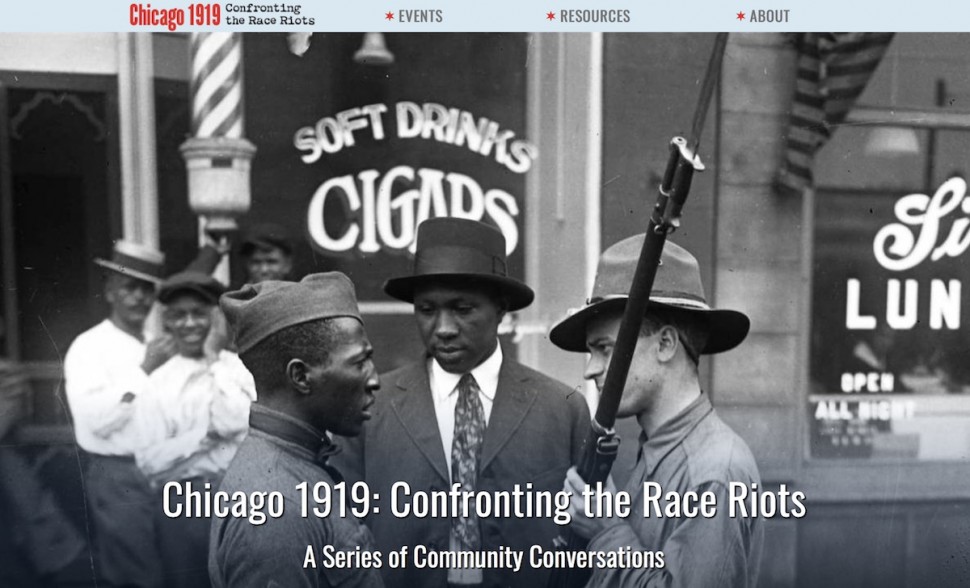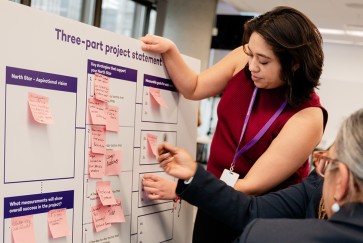Charles Whitaker, dean of Northwestern Medill School of Journalism, Media, Integrated Marketing Communications, will lead a discussion about the 1919 Chicago Riot with Medill alumnae and WBEZ South Side reporter Natalie Moore on Saturday, July 27, the 100thanniversary of the riots.
The discussion is part of the regular Bughouse Square Debates, which take place on Saturdays in July in Washington Square Park, 901 N. Clark Street. It is scheduled to begin at 1:30 p.m., following a reading from Carl Sandburg’s visceral reporting on the 1919 Race Riots and from the account of the riots as described in “The Negro in Chicago,” written by the Chicago Commission on Race Relations and published in 1922.
“The brutal and bloody conflict that erupted in the summer of 1919 is seminal, though little-known, event in Chicago history,” said Whitaker. “Understanding it is key to understanding the persistent segregation of Chicago neighborhoods and the legacy of disinvestment and neglect of the city’s predominantly African-American communities.”
Details about the event and information on how to participate are available here.
The event is part of a series entitled “Chicago 1919: Confronting the Race Riots” and a year-long initiative organized by the Newberry Library and its partners to engaging in public conversations about the legacy of the most violent week in Chicago history.
Violence erupted after black teenager who had drifted across an invisible line in Lake Michigan that separated the black swimming area from the white at 29thStreet Beach was struck by a stone and drowned. Lasting a week and claimed, the riots claimed the lives of 38 people, the majority of them black.
Racial tensions related to policing, migration and housing all came to a head in 1919. As a turning point in shaping racial divides that persist in Chicago, the 1919 race riots can be a lens for understanding the city today.
Dean Whitaker and Moore, who is the author of “The South Side: A Portrait of Chicago and American Segregation,” will focus the discussion on coverage of the event in both national and local media, including the Chicago Defender and the Chicago Tribune, and talk about how the accounts differed in Black and White media.


